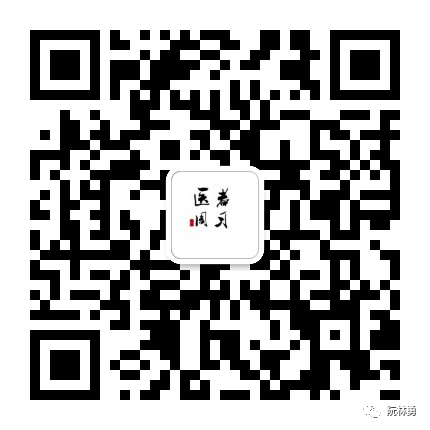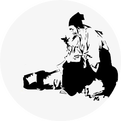According to the theory of Yin-Yang and the Five Elements in Traditional Chinese Medicine (TCM):
The Five Elements are: Water, Wood, Metal, Fire, and Earth, following the laws of nature: Water generates Wood, Wood generates Fire, Fire generates Earth, Earth generates Metal, and Metal generates Water. Our body is also a small universe where the organs have interrelated relationships, forming a unified whole. The five internal organs correspond to the five elements: the Kidney belongs to Water, governs bones, and acts as a filter for blood circulation; the Liver belongs to Wood, governs immunity, and is responsible for detoxification; the Heart belongs to Fire, acts as the driving pump, and is the organ that promotes blood circulation; the Spleen belongs to Earth, and when the Spleen and Stomach are not in harmony, the Stomach is for storage, and the Spleen is for absorption, supplying fluids to the body; the Lung belongs to Metal, acts as the prime minister, absorbs oxygen, and expels waste gases, functioning as a sprayer; the Kidney is the foundation of congenital essence:
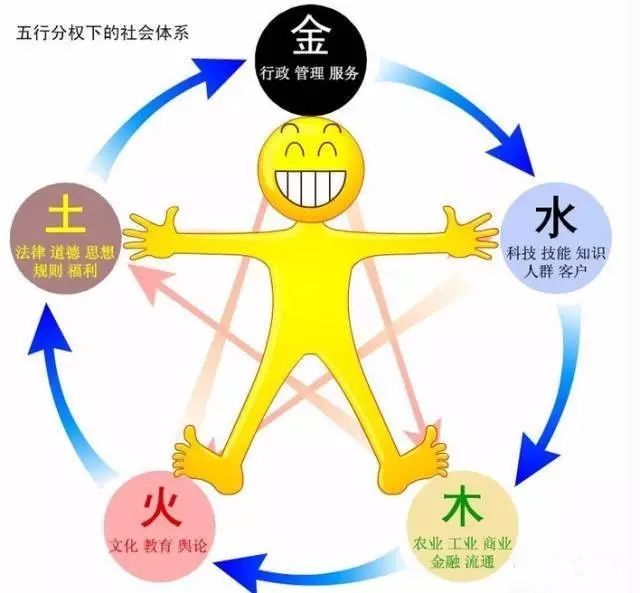
When the Kidney function is well-nourished, it nourishes the Liver; when the Liver function is well-nourished, it nourishes the Heart; when the Heart function is well-nourished, it nourishes the Spleen; when the Spleen function is well-nourished, it nourishes the Kidney. This is mutual generation and also a virtuous cycle. Corresponding to the Kidney is the Bladder; for friends with Kidney deficiency, frequent urination may occur; corresponding to the Liver is the Gallbladder, as the Liver and Gallbladder reflect each other; corresponding to the Heart is the Small Intestine, as the Heart is connected to the Small Intestine; corresponding to the Spleen is the Stomach, as the Spleen and Stomach are not in harmony. Corresponding to the Lung is the Large Intestine, which is the Five Correspondences.
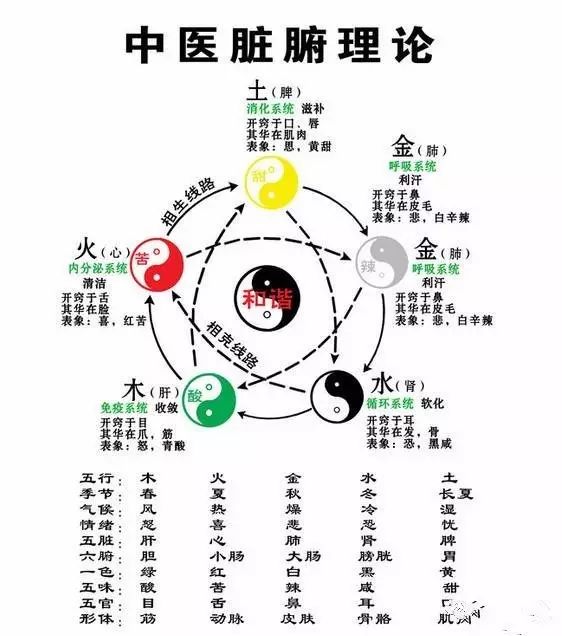
Next are the Five Orifices: The Kidney opens to the ears; tinnitus, ear blockage, and ear inflammation are related to Kidney deficiency. The Liver opens to the eyes; dry, gritty, or foggy eyes are related to the Liver. The Heart opens to the tongue; numbness, blisters, and ulcers on the tongue are related to the Heart. The Spleen opens to the lips; dry mouth and lips indicate disharmony between the Spleen and Stomach. The Lung opens to the nose; poor sense of smell is related to the Lung, which is the Five Orifices. Next are the Five Colors: People with poor Kidney function often have a dark complexion [Kidney deficiency]. People with poor Liver function often have a bluish complexion [poor blood production]. People with poor Heart function often have a reddish complexion [weak blood circulation]. People with poor Spleen function often have a yellowish complexion [weak digestive system]. People with poor Lung function often have a pale complexion [weak respiratory system], which is the Five Colors.
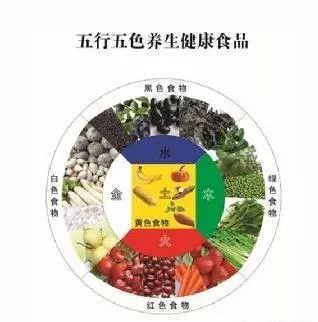
People with weak Kidney function may experience fear, timidity, and anxiety, indicating Kidney deficiency; people with weak Liver function may be easily angered, as anger harms the Liver, leading to a bad temper; people with weak Heart function may be overly joyful, easily excited, as excessive joy harms the Heart, leading to sadness; people with weak Spleen function may be overly contemplative, as excessive thinking harms the Spleen and Stomach, leading to a vicious cycle; people with weak Lung function may experience sadness and worry, being overly sentimental, which is the Five Emotions. Next are the Five Tastes: people with weak Kidney function prefer salty flavors [Kidney patients should eat less salt]; people with weak Liver function prefer sour flavors; people with weak Heart function prefer bitter flavors; people with weak Spleen function prefer sweet flavors; people with weak Lung function prefer spicy flavors, which are the Five Tastes. These are the basis for learning facial diagnosis. Where there is mutual generation, there is also mutual restraint: weak Kidney function first affects the Heart [the Kidney is the second heart of a person]; weak Heart function affects the Lung; weak Lung function affects the Liver; weak Liver function affects the Spleen; weak Spleen function affects the Kidney; the Kidney is the foundation of congenital essence, and the Spleen and Stomach are the source of acquired essence. This is mutual restraint and also a vicious cycle.
Now let’s explain facial diagnosis: why learn facial diagnosis? In today’s society, many methods are popular: eye diagnosis, ear diagnosis [which is highly specialized], foot diagnosis [which is inconvenient], hand diagnosis [which is uncomfortable], but the most civilized is facial diagnosis, known in TCM as: observation, listening, inquiry, and palpation. When we get sick and go to the hospital, is it the doctor who examines us? No, it is you who tells them everything: open your eyes and mouth, and let them see what problems your body has! Today we are learning the civilized method of facial diagnosis, which can help develop unfamiliar markets, bring people closer together, and make your friends, clients, and customers trust you because you are very professional.

How to observe, what to look for, and how to look?
1. Observe the facial color, wrinkles, contours, acne, and pore size. a. Horizontal lines on the forehead indicate high blood pressure, high blood fat, and high blood sugar; b. Horizontal lines on the forehead pointing down indicate low blood pressure; c. A protruding forehead with sunken sides indicates brain hypoxia [memory loss, headaches, insomnia]. 2. Vertical lines between the eyebrows indicate respiratory issues [nasal inflammation, throat inflammation, respiratory tract issues]. 3. Horizontal lines between the eyes indicate poor Heart function [high blood fat, heart issues, red face]. 5. Dark circles between the eyes and nose indicate issues with the chest or mammary glands [prostate issues in men]. 6. Spots on both sides of the nose indicate Gallbladder issues. 7. A darkened nose tip with spots indicates Spleen issues. 8. Dark color and enlarged pores on both sides of the nose indicate digestive system issues and weak functions. 9. Spots below the cheekbones indicate weak absorption in the Small Intestine or poor cardiovascular health [the Heart corresponds to the Small Intestine]. 10. Spots below the outer sides of the cheekbones indicate the Large Intestine reaction area, with dark spots indicating poor excretion [constipation, intestinal inflammation]. 11. Redness in the philtrum indicates Bladder issues. 12. a. Red spots around the mouth indicate gynecological issues in women; b. Vertical lines on the upper lip indicate ovarian issues [uterine contractions]; c. Redness and red spots on the upper lip in men indicate prostatitis. 13. a. Redness on the chin, with many vertical lines, indicates poor Kidney function, body aches, and lower back pain, indicating Kidney deficiency; b. A groove on the chin indicates lower back pain. 14. White mucus at the corners of the mouth, with tightness in the upper and lower lips, indicates blood sugar issues and diabetes. Accurate judgment 1. Color: Black [Kidney], Green [Liver], Red [Heart], Yellow [Spleen], White [Lung]. 2. Spots, acne, red dots. 3. Enlarged pores, deep wrinkles. 4. The area above the eyebrows is the base color. 5. Practice Back Diagnosis
1. Visual inspection method (1) Uneven skin color on the back indicates decreased detoxification function of the Liver and Gallbladder. (2) Enlarged pores on the back indicate a cold and damp constitution, with symptoms like cold hands and feet, and swelling in the lower body. 2. Lung area diagnosis (1) Pressing the Lung area bladder meridian with the thumb shows microvascular dilation. (2) Acne on the back indicates lung wind acne, with a hot constitution, often due to Lung Yin deficiency. (3) Constipation, residual stool, throat discomfort, and enlarged facial pores. Note: Overweight individuals tend to have phlegm, while thin individuals tend to have heat. 3. Heart area diagnosis (1) Pressing the Heart area bladder meridian with the thumb shows redness, indicating excess Heart fire. (2) Acne between the eyebrows and facial redness often indicates excess fire. Note: Overweight individuals may experience chest tightness and shortness of breath, while thin individuals may suffer from insomnia and vivid dreams. 4. Liver area diagnosis (1) Uneven skin color in the Liver area indicates decreased detoxification function. (2) The presence of dark spots on the face and cold hands and feet indicates Kidney Yang deficiency. (3) Hearing loss, tinnitus, lower back pain, and hot hands and feet indicate Kidney Yin deficiency. 5. Spleen area diagnosis (1) Yellow skin in the Spleen area indicates disharmony between the Spleen and Stomach. (2) Oral ulcers and red acne around the mouth and forehead indicate excess heat in the Spleen and Stomach. (3) Loose skin and those who are weak and overweight often indicate insufficient Spleen Qi, with a yellow greasy tongue coating, while those with constipation and excess weight often have excess Stomach fire. 6. Kidney area diagnosis (1) A sunken Kidney area with darkened skin indicates insufficient Kidney water. The back is a reflection area for the five internal organs, starting two inches below the neck, with each palm-sized area corresponding to the Lung, Heart, Liver, Spleen, Kidney, excretion, and reproductive areas, totaling seven reflection areas. 7. Reproductive area diagnosis (1) A protruding reproductive area indicates scanty menstruation, dark menstrual blood with clots, and dysmenorrhea. (2) A sunken reproductive area indicates easy formation of dark spots on the face, with early or delayed menstruation, often indicating cold in the uterus. (2) A protruding Liver area indicates decreased Liver function. (3) Dry, congested eyes, large eye bags, and decreased vision indicate excess Liver fire.
Touch and pressure techniques:(1) The practitioner lightly places the thumb or index finger on the patient’s skin, then gently presses and slides up and down to check for sensitive areas or tenderness points.(2) Rotating pressure is generally stronger than sliding but has a smaller range of motion, usually rotating clockwise. This technique is generally used to check the shape, hardness, and tenderness of nodules.(3) Searching involves using the inner side of the thumb to push from the inside out, aiming to find subcutaneous nodules. Abnormal nodules often appear as stringy or flat shapes along the relevant meridians due to blockage.(2) Sensitive reactions can be categorized into four types: pressure, numbness, pain, and tingling. Local pressure sensations are normal reactions; spontaneous numbness indicates changes in the meridian, but the condition is still mild; pain indicates stagnation of Qi and blood, suggesting a more severe condition that is still developing; numbness indicates meridian imbalance and Qi and blood deficiency, suggesting a deeper condition than pain. These sensitive reactions can occur individually or in combination, but mixed occurrences are more common.(3) Observing changes in appearance involves three steps: (1) Before diagnosis, closely observe local skin for protrusions and depressions; protrusions indicate excess, while depressions indicate deficiency. (2) During diagnosis, pay attention to whether the skin is soft or firm; soft indicates deficiency, while firm indicates excess. (3) After diagnosis, note whether the skin has risen; protrusions indicate meridian invasion. In summary, any Shu point can be diagnosed as positive if one can identify any abnormality, sensitive reaction, or change in appearance. Additionally, changes in color and temperature should also be observed together.
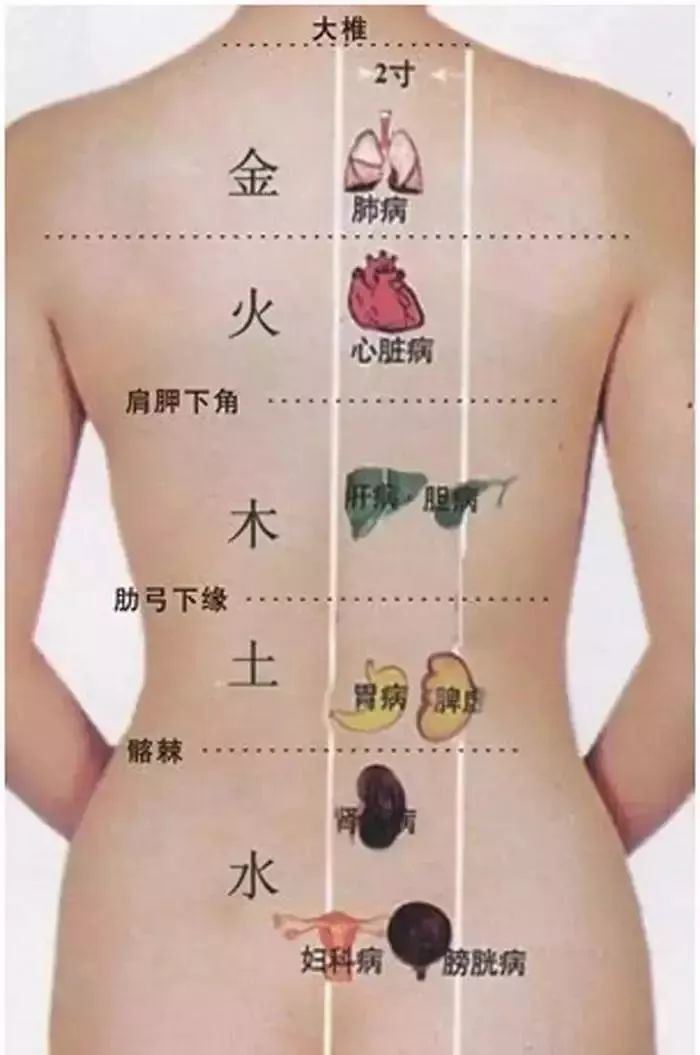
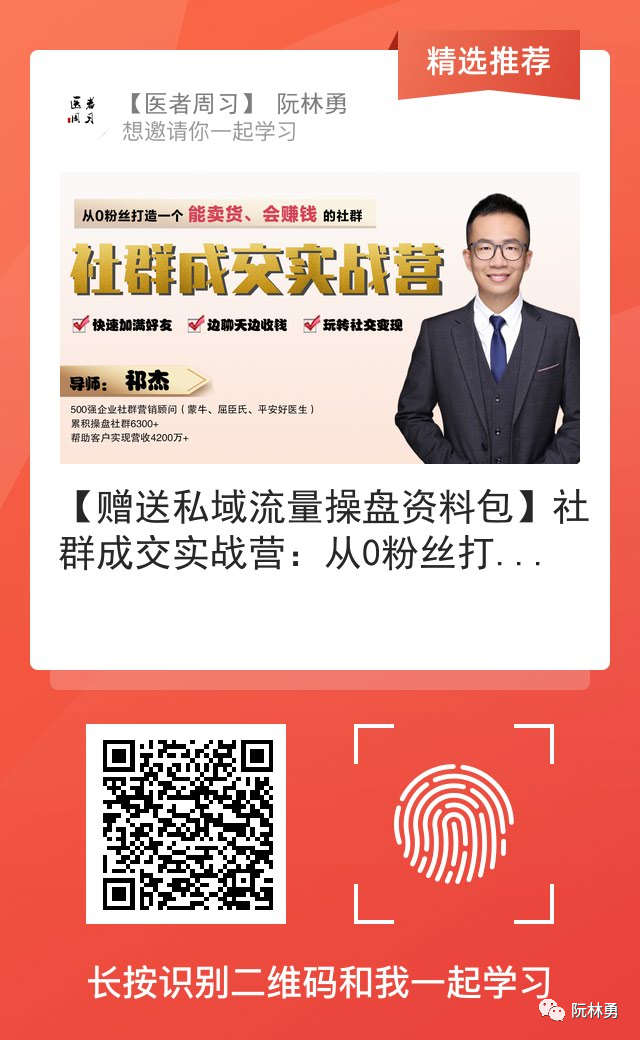
Diagnosis of Shu Points and Main Diseases
1. Lung Shu (1) Protruding skin often indicates heat in the chest, which may present with shortness of breath, cough, etc., generally also reflecting in the Zhongfu point. (2) If there is a reaction at this point, it often shows abnormal changes in the Lung meridian at Taiyuan, Kongzui, and Zhongfu. (3) Finding stringy nodules with tenderness indicates phlegm cough. (4) Finding stringy nodules with significant tenderness often indicates cough, shortness of breath, and chest pain due to Lung heat. 2. Heart Shu (1) If there are ridged nodules with significant tenderness, it often indicates pain, swelling, or discomfort in the inner side of the upper limb, or symptoms like palpitations, anxiety, and thirst. (2) Skin that is sunken and sensitive to pressure often indicates anxiety, forgetfulness, and poor appetite. 3. Liver Shu (1) Local skin protrusions with tenderness often indicate insomnia. (2) Finding stringy nodules with significant tenderness often indicates dizziness, insomnia, and irritability. (3) The presence of ridged nodules with tenderness often indicates symptoms like rib pain, abdominal fullness, jaundice, poor appetite, and insomnia, or swelling in the inner side of the lower limbs. 4. Gallbladder Shu (1) Finding ridged nodules with tenderness often indicates jaundice. (2) Any fine stringy nodules with tenderness often indicate pain in the outer side of the lower limbs; if there is a bubble-like reaction at the Mingmen point, it indicates numbness in the lower limbs. 5. Spleen Shu (1) Local skin that is sunken or soft like cotton often indicates deficiency. (2) Finding stringy nodules with tenderness often indicates symptoms like dizziness, insomnia, fatigue, forgetfulness, irritability, poor appetite, loose stools, and edema. (3) The presence of ridged nodules with significant tenderness often indicates swelling in the inner side of the lower limbs, difficulty walking, or poor movement of the big toe. 6. Stomach Shu (1) Finding stringy nodules with tenderness often indicates loss of appetite and stomach pain. (2) The presence of ridged nodules with significant tenderness often indicates vomiting, loss of appetite, stomach pain, abdominal fullness, or redness and swelling on the outer side of the hip joint. 7. Sanjiao Shu (1) Local skin protrusions with stringy nodules and significant tenderness often indicate low back pain, leukorrhea, irregular menstruation, or cloudy urine. (2) The presence of ridged nodules with tenderness often indicates symptoms like tinnitus, hearing loss, headaches, abdominal fullness, nausea, and vomiting (this can also be found in pregnant women). 8. Kidney Shu (1) Finding stringy nodules with tenderness often indicates symptoms like impotence, dizziness, lower back pain, and tinnitus. (2) Finding ridged nodules with significant tenderness often indicates symptoms like hematuria, lower back pain, and edema. (3) Local skin protrusions resembling oval nodules with tenderness often indicate Kidney deficiency with heat, tinnitus, and head heaviness. 9. Large Intestine Shu (1) Finding hard round nodules with tenderness often indicates dry stools. (2) The presence of ridged nodules with tenderness often indicates symptoms like headaches, toothaches, abdominal pain, and diarrhea. 10. Small Intestine Shu (1) Finding oval nodules that are hard and tender often indicates dizziness, occipital headaches, and stiffness in the back of the neck. (2) The presence of bubble-like sensations at this point often indicates uterine prolapse in women. 11. Bladder Shu (1) Finding soft oval nodules often indicates enuresis. (2) The presence of ridged nodules with tenderness often indicates symptoms like fever, headaches, frequent urination, painful urination, lower back pain, abdominal fullness, and leukorrhea. (3) Finding fine stringy nodules with tenderness often indicates numbness or pain in the lower limbs.
The back serves as a reflection area for the five internal organs, starting two inches below the neck, with each palm-sized area corresponding to the Lung, Heart, Liver, Spleen, Kidney, excretion, and reproductive areas, totaling seven reflection areas.
1. Visual inspection method
(1) Uneven skin color on the back indicates decreased detoxification function of the Liver and Gallbladder.
(2) Enlarged pores on the back indicate a cold and damp constitution, with symptoms like cold hands and feet, and swelling in the lower body.
2. Lung area diagnosis
(1) Pressing the Lung area bladder meridian with the thumb shows microvascular dilation.
(2) Acne on the back indicates lung wind acne, with a hot constitution, often due to Lung Yin deficiency.
(3) Constipation, residual stool, throat discomfort, and enlarged facial pores.
Note: Overweight individuals tend to have phlegm, while thin individuals tend to have heat.
3. Heart area diagnosis
(1) Pressing the Heart area bladder meridian with the thumb shows redness, indicating excess Heart fire.
(2) Acne between the eyebrows and facial redness often indicates excess fire.
Note: Overweight individuals may experience chest tightness and shortness of breath, while thin individuals may suffer from insomnia and vivid dreams.
4. Liver area diagnosis
(1) Uneven skin color in the Liver area indicates decreased detoxification function.
(2) The presence of dark spots on the face and cold hands and feet indicates Kidney Yang deficiency.
(3) Hearing loss, tinnitus, lower back pain, and hot hands and feet indicate Kidney Yin deficiency.
5. Spleen area diagnosis
(1) Yellow skin in the Spleen area indicates disharmony between the Spleen and Stomach.
(2) Oral ulcers and red acne around the mouth and forehead indicate excess heat in the Spleen and Stomach.
(3) Loose skin and those who are weak and overweight often indicate insufficient Spleen Qi, with a yellow greasy tongue coating, while those with constipation and excess weight often have excess Stomach fire.
6. Kidney area diagnosis
(1) A sunken Kidney area with darkened skin indicates insufficient Kidney water.
(2) The presence of dark spots on the face, cold hands and feet indicates Kidney Yang deficiency.
(3) Hearing loss, tinnitus, lower back pain, and hot hands and feet indicate Kidney Yin deficiency.
7. Reproductive area diagnosis
(1) A protruding reproductive area indicates scanty menstruation, dark menstrual blood with clots, and dysmenorrhea.
(2) A sunken reproductive area indicates easy formation of dark spots on the face, with early or delayed menstruation, often indicating cold in the uterus.
Hand diagnosis/Facial diagnosis/Tongue diagnosis/Pulse diagnosis
Pediatric differentiation and treatment/Pediatric Tui Na
Moxibustion/Gua Sha/Summer moxibustion
Hand acupuncture/Abdominal acupuncture/I Ching/Diet therapy
Organ regulation/Sanjiao regulation
Five movements and six qi/Twelve meridians/Fasting
Five animal play/Ear diagnosis/Postpartum care
Yi Jin Jing/Women’s gynecological treatment/Eight principles differentiation
Shang Han Lun/Zhu You Shu/Repairing the root chakra
Ling Gui Ba Fa/Huang Di Nei Jing/Acupuncture
TCM Five Elements/TCM Growth Promotion/TCM Diagnosis
Health preservation center marketing and customer retention techniques
Membership group + 800 TCM general course materials
Long press to recognize the QR code below to add WeChat for learning
